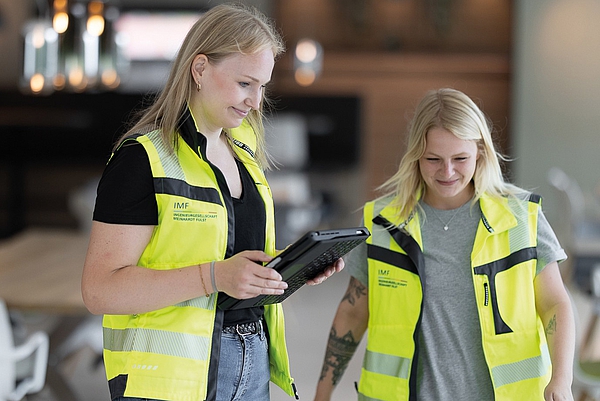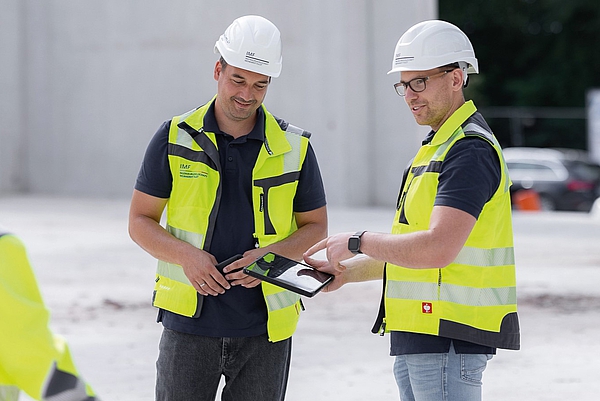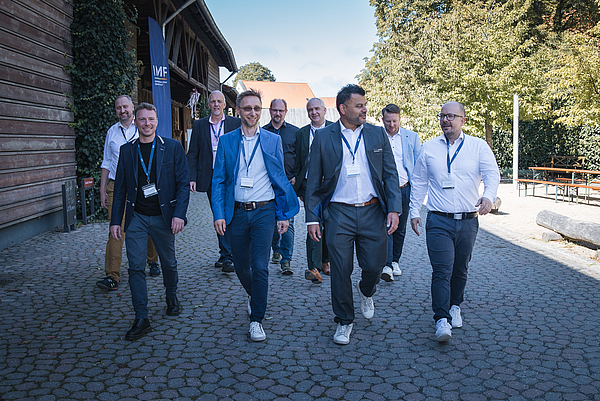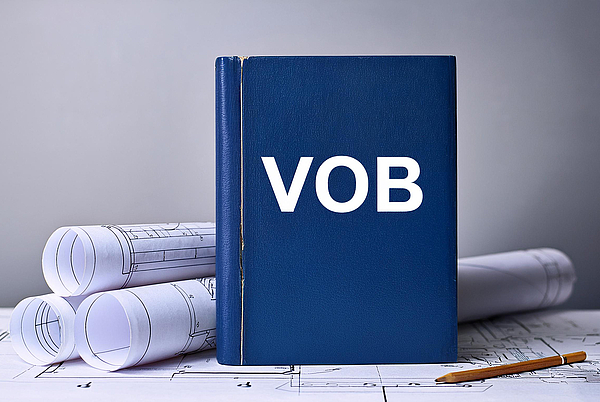Today, technical building equipment (MEPC) is far more than just a functional detail in the construction process - it is the key to climate-neutral, energy-efficient and intelligently networked utilisation of buildings. Modern MEPC systems not only ensure comfort and operational safety, but also make a decisive contribution to the reduction of CO₂ emissions, the economical use of resources and long-term economic efficiency over the entire life cycle of a building. Whether heating, ventilation, air conditioning, water or wastewater technology: MEPC networks all technical infrastructures into a holistic, future-orientated system. This is no longer just about efficiency gains - but about solutions that integrate renewable energies, utilise materials intelligently and control water and energy-related processes in a low-emission and resource-saving manner. In times of increasing climatic and regulatory requirements, MEPC is therefore a central instrument for planning and implementing buildings not only functionally, but also in terms of climate neutrality.
Efficient energy utilisation: smart systems for true climate neutrality
Modern MEPC & HVAC systems are no longer just about saving energy - the focus today is on intelligent control, networking and optimisation of entire energy systems. Energy efficiency is no longer seen in isolation, but as an integral part of a building concept that is geared towards climate neutrality. Modern building automation, AI-supported energy management systems and adaptive control strategies play a central role here. Instead of simply making individual components such as heat pumps or ventilation systems more efficient, the aim is to analyse all energy flows in real time and control them in line with demand - for example through adaptive algorithms, intelligent load management or the use of weather forecasts. MEPC is thus developing into a networked energy manager that optimally coordinates renewable energy sources, storage solutions and consumers. Cross-sector integration is particularly crucial here - for example, the connection of electricity, heat and mobility. Photovoltaic systems can not only supply electricity for personal use, but also supply electric vehicles or control heat pumps. Energy is generated, stored and utilised exactly where it is needed - efficiently, with low emissions and with foresight.
Conserving resources and the circular economy - MEPC rethought
Climate neutrality requires more than just energy-efficient systems - the careful use of materials and water is also one of the central tasks of technical building equipment today. The choice of durable, low-emission and recyclable components has a significant impact on the carbon footprint of a building over its entire life cycle. Life cycle analyses (LCA) help to transparently record and specifically reduce environmental impacts - both in the construction phase and during operation. At the same time, the circular economy is becoming increasingly important: MEPC systems offer enormous potential here - for example through modular construction methods, reusable components and integrated recycling concepts. Innovative solutions in particular, such as decentralised wastewater treatment or the use of grey water and rainwater, help to conserve natural resources and reduce emissions at the same time. MEPC is thus becoming the engine of circular processes - and a decisive building block for the climate-neutral buildings of tomorrow.
Norms, standards and certificates - making climate neutrality measurable
Climate neutrality requires clear framework conditions - and this is precisely where established standards such as LEED, BREEAM or certification by the German Sustainable Building Council (DGNB) come in. They not only provide orientation, but also make the ecological and technical quality of MEPC measurable and comparable. In addition to energy efficiency, aspects such as resource conservation, user comfort, recyclability and innovative strength are increasingly becoming the focus of the assessment. In Germany, the Building Energy Act (GEG) specifies binding requirements for the energy consumption and CO₂ emissions of buildings - both for new builds and refurbishments. These requirements will become even stricter in the wake of European climate targets, ESG reporting obligations and the EU taxonomy. For planners and decision-makers, this means that the consistent alignment of MEPC with climate-neutral standards is not just a legal requirement, but a strategic key to future-proof construction.
Mastering challenges - MEPC between reality and the future
As great as the potential of technical building equipment for climate-neutral buildings is, its realisation is complex. Particularly in existing buildings, modernising outdated systems not only requires technical expertise, but also high levels of investment. Refurbishment projects often reach their limits when existing infrastructures cannot be easily adapted to new requirements. There is also the economic trade-off: Finding the right balance between climate-related objectives and financial feasibility remains one of the key tasks for planners, building owners and operators. Clever financing models and transparent life cycle calculations are needed here to make the long-term benefits of climate-neutral MEPC solutions visible and tangible. At the same time, technological developments are opening up new horizons: digitalisation makes it possible to control building technology dynamically and with data support - for example, through AI-based systems that recognise consumption patterns and optimise energy flows in real time. Green energy sources such as hydrogen or seasonal heat storage could also soon play a central role in MEPC planning. The decarbonisation of the building sector is no longer a vision, but a mission - and MEPC is one of its most important tools.
Conclusion
Technical building equipment (MEPC) has long been an indispensable pillar of climate-neutral construction and future-oriented architecture. It makes a significant contribution to conserving resources, lowering energy consumption and reducing the CO₂ emissions of buildings - throughout their entire life cycle. With advancing technological developments and adaptation to new legal framework conditions, MEPC is increasingly becoming a driver of innovation, efficiency and climate protection in the construction industry. The consistent integration of renewable energies, intelligent control systems and resource-saving materials ensures that buildings of the future will be even more climate-friendly and liveable.
Are you ready to make your building climate-neutral? Let's work together to realise your vision with innovative MEPC solutions. Contact us - together we can create a low-CO₂ and sustainable building world.











